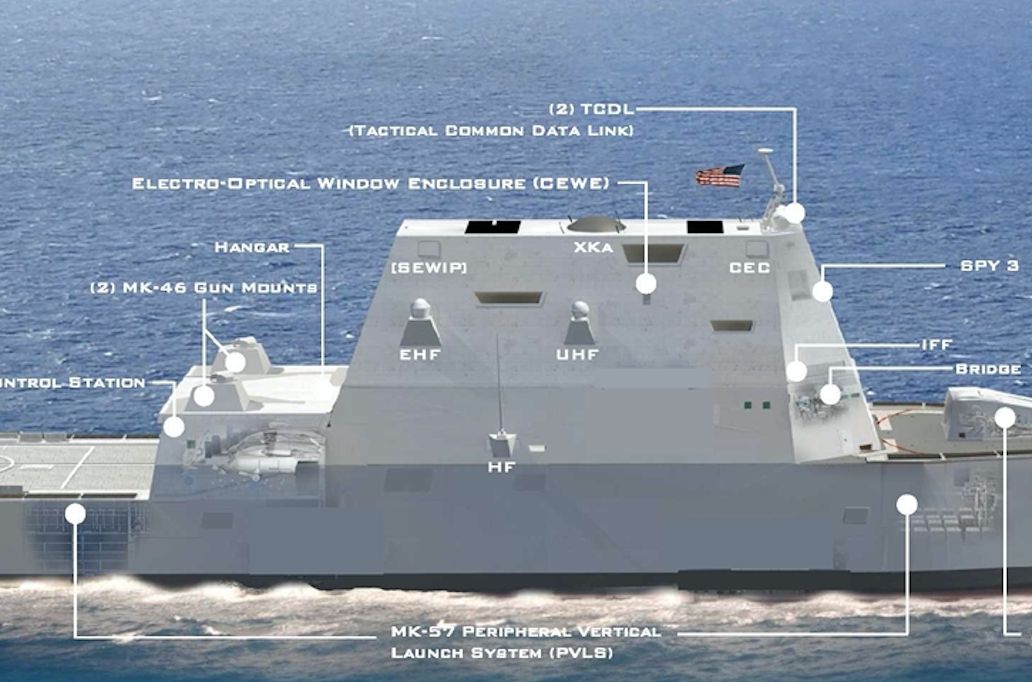This is perhaps one of my old favorite blogs, since the beginning of this blogger's folly for Boeing's march through the
Aviation Renaissance (AR).
Ø A mention for the 797 was featured
Winging It's AR unwrapped its
magnificent obsession for an airplane called the 797. It presumed it may
be a 777X rendition but also hinted for an all new type back in 2012.
Time bears out the
truth and its looking like the NMA will be named the 797, giving Boeing more
time to come up with a new naming (numbering) convention going forward
which is an idea for another blog contribution.
What can be reflected upon after
five years hence; a lot has happened when little has changed in the bigger
picture. Boeing has made the 787-9 a smashing success and issued forth its 737
Max family adding a 737 Max 10. It also has developed the 787-10 with first
customer production aircraft made but not delivered until flight testing of its
first production models are complete.
What changed is the strategic
footprint Boeing has achieved during the last five years. It confirmed orders for 531 of its 787's since January 2012 while Airbus booked about 406 for its
A-350 family of aircraft. Boeing added two new members to its 787 aircraft family
the 787-9 and the 787-10. Airbus added its A-350 1000 to its family
of wide bodies.
Boeing announced the Max and now
has 3,902 Max aircraft on its books. Airbus, with an 11 month head start, has a
big lead with over 5,202 A-320 NEO's ordered to date. However the announcement
of the 737 Max 10 at Paris this last June has narrowed the Airbus lead by
several hundred units.
The 737 also promises to compete with its A-321 NEO in
the order battle. The A-321 NEO is the primary reason Airbus has its lead over
Boeing in the single aisle segment.
This is perhaps one of my old favorite blogs, since the beginning of this blogger's folly for Boeing's march through the Aviation Renaissance (AR).
Ø A mention for the 797 was featured
Ø Folding Wing Tips just a dream
Ø A prediction for 2020 and the
777X was on target before the press could think of it.
Ø And Christmas 2017 is coming in 70
days.
Winging It's AR unwrapped its
magnificent obsession for an airplane called the 797. It presumed it may
be a 777X rendition but also hinted for an all new type back in 2012.
Time bears out the
truth and its looking like the NMA will be named the 797, giving Boeing more
time to come up with a new naming (numbering) convention going forward
which is an idea for another blog contribution.
What can be reflected upon after
five years hence; a lot has happened when little has changed in the bigger
picture. Boeing has made the 787-9 a smashing success and issued forth its 737
Max family adding a 737 Max 10. It also has developed the 787-10 with first
customer production aircraft made but not delivered until flight testing of its
first production models are complete.
What changed is the strategic
footprint Boeing has achieved during the last five years. It confirmed orders for 531 of its 787's since January 2012 while Airbus booked about 406 for its
A-350 family of aircraft. Boeing added two new members to its 787 aircraft family
the 787-9 and the 787-10. Airbus added its A-350 1000 to its family
of wide bodies.
Boeing announced the Max and now
has 3,902 Max aircraft on its books. Airbus, with an 11 month head start, has a
big lead with over 5,202 A-320 NEO's ordered to date. However the announcement
of the 737 Max 10 at Paris this last June has narrowed the Airbus lead by
several hundred units.
The 737 also promises to compete with its A-321 NEO in the order battle. The A-321 NEO is the primary reason Airbus has its lead over Boeing in the single aisle segment.
The 737 also promises to compete with its A-321 NEO in the order battle. The A-321 NEO is the primary reason Airbus has its lead over Boeing in the single aisle segment.
